SLUSC70D March 2016 – July 2017 TPS548D22
PRODUCTION DATA.
- 1 Features
- 2 Applications
- 3 Description
- 4 Revision History
- 5 Pin Configuration and Functions
- 6 Specifications
-
7 Detailed Description
- 7.1 Overview
- 7.2 Functional Block Diagram
- 7.3 Feature Description
- 7.4 Device Functional Modes
- 7.5 Programming
-
8 Application and Implementation
- 8.1 Application Information
- 8.2
Typical Applications
- 8.2.1 TPS548D22 1.5-V to 16-V Input, 1-V Output, 40-A Converter
- 8.2.2 Design Requirements
- 8.2.3
Design Procedure
- 8.2.3.1 Switching Frequency Selection
- 8.2.3.2 Inductor Selection
- 8.2.3.3 Output Capacitor Selection
- 8.2.3.4 Input Capacitor Selection
- 8.2.3.5 Bootstrap Capacitor Selection
- 8.2.3.6 BP Pin
- 8.2.3.7 R-C Snubber and VIN Pin High-Frequency Bypass
- 8.2.3.8 Optimize Reference Voltage (VSEL)
- 8.2.3.9 MODE Pin Selection
- 8.2.3.10 Overcurrent Limit Design.
- 8.2.4 Application Curves
- 9 Power Supply Recommendations
- 10Layout
- 11Device and Documentation Support
- 12Mechanical, Packaging, and Orderable Information
Package Options
Mechanical Data (Package|Pins)
- RVF|40
Thermal pad, mechanical data (Package|Pins)
- RVF|40
Orderable Information
6.6 Typical Characteristics
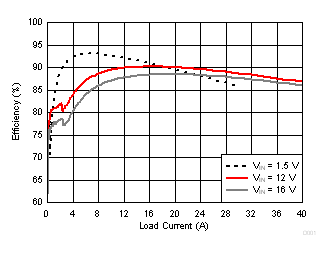
| VOUT = 1 V | SKIP Mode | fSW = 650 kHz |
| VDD = 5 V |
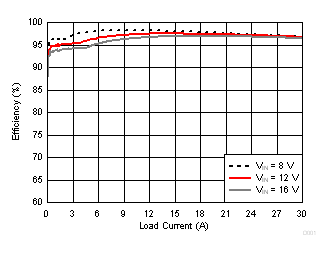
| VOUT = 5.5 V | SKIP Mode | fSW = 425 kHz |
| VDD = 5 V |
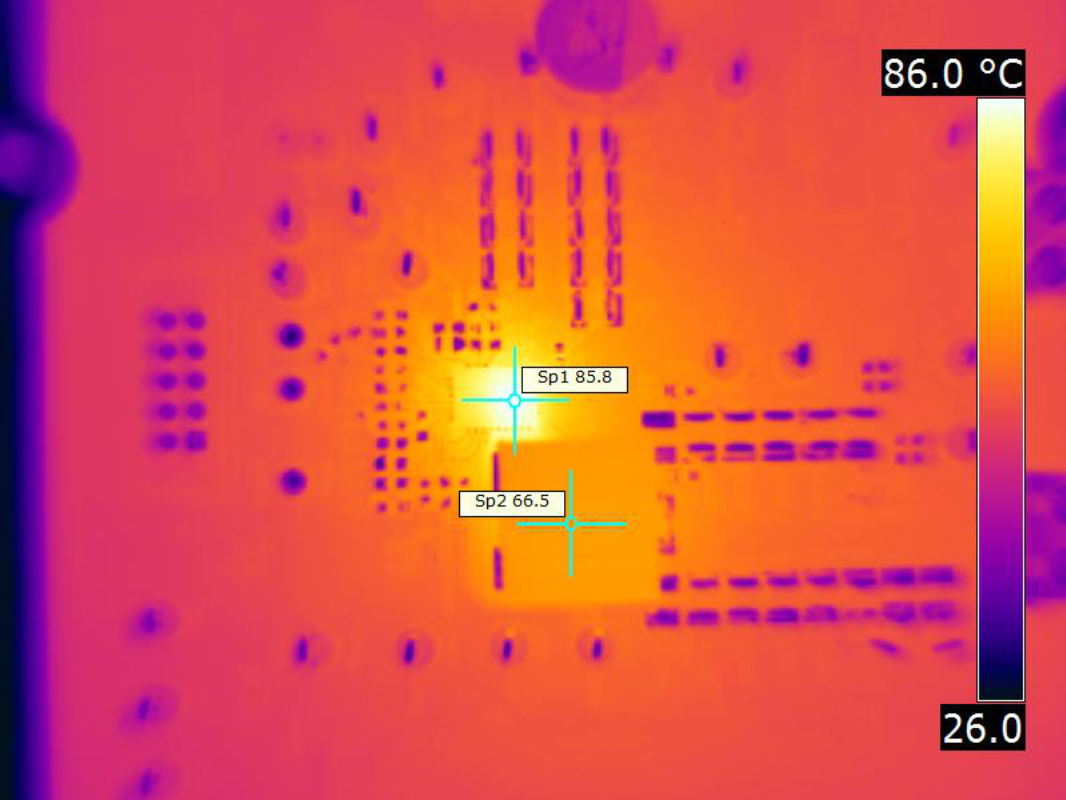
| VIN = 12 V | fSW = 650 kHz | IOUT = 40 A |
| VOUT = 1 V | Natural convection |
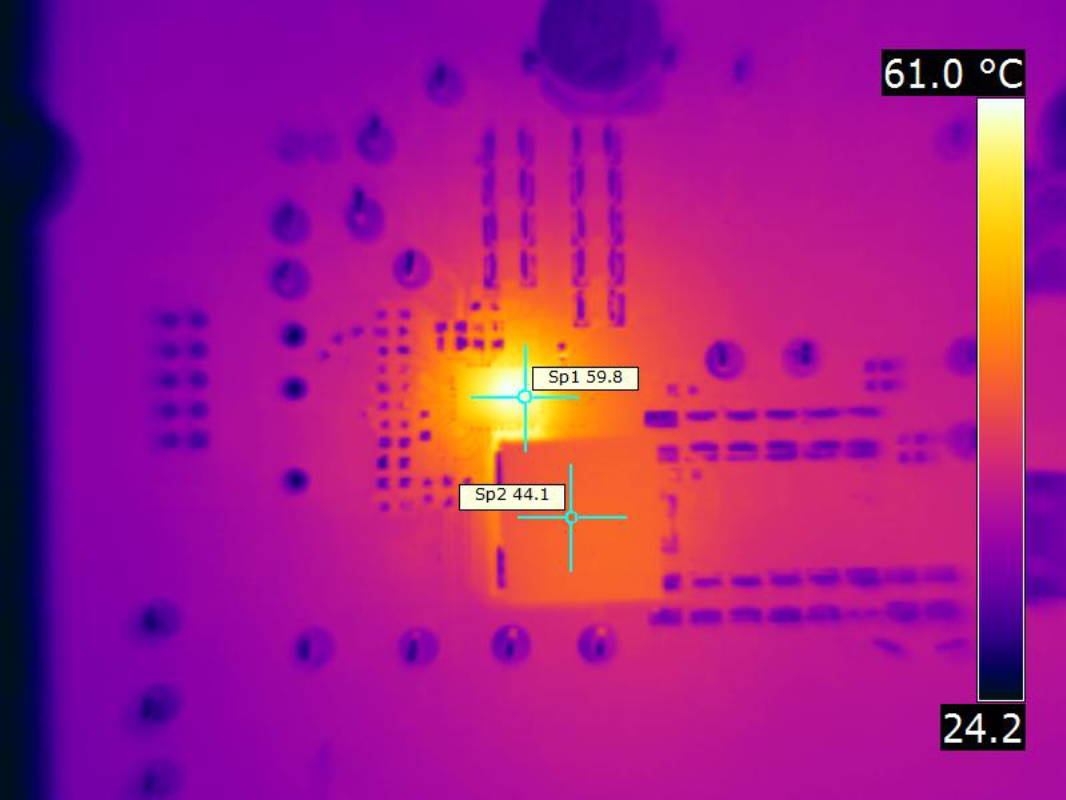
| VIN = 12 V | fSW = 650 kHz | IOUT = 40 A |
| VOUT = 1 V | Airflow = 400 LFM |
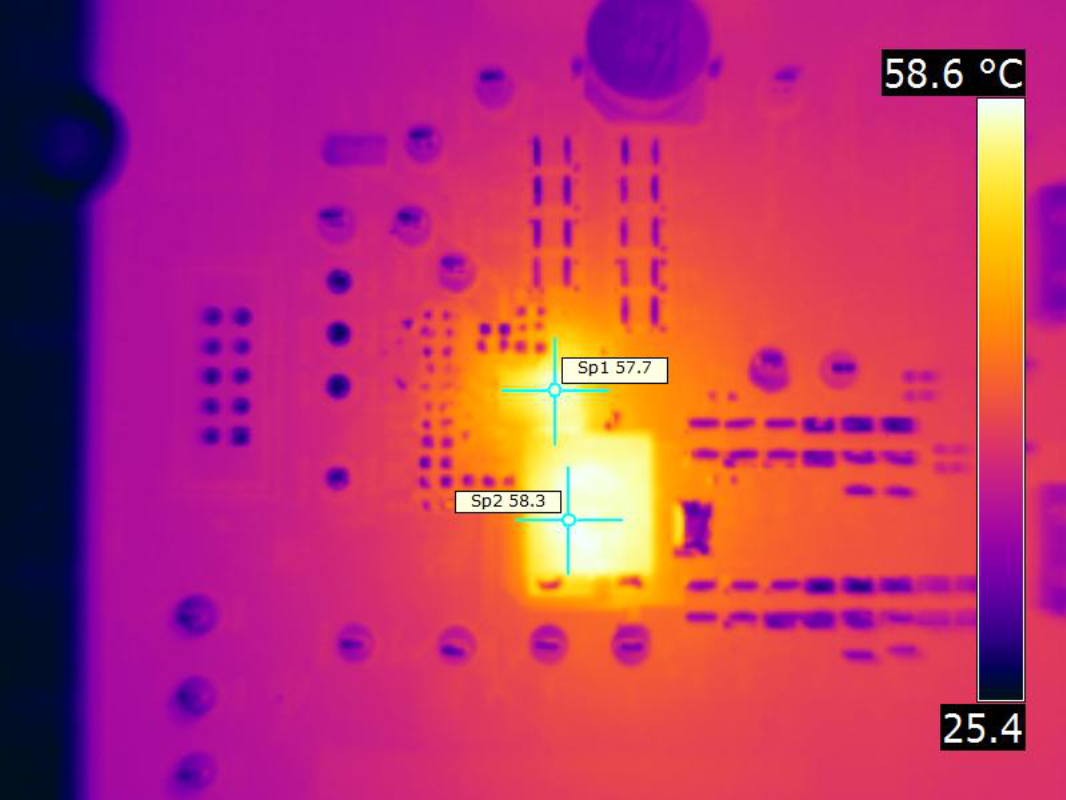
| VIN = 12 V | fSW = 425 kHz | IOUT = 30 A |
| VOUT = 5.5 V | Airflow = 200 LFM |
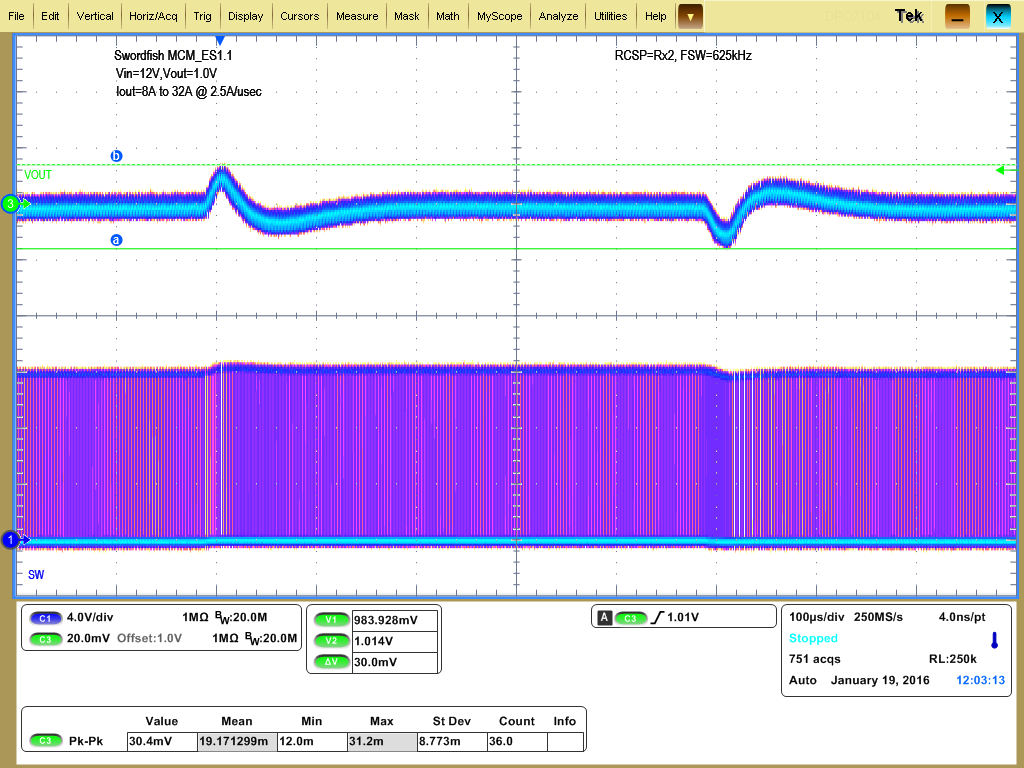
| VOUT = 1 V | VIN = 12 V | |
| IOUT from 8 A to 32 A | 2.5 A/µs |
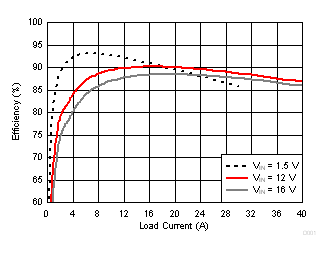
| VOUT = 1 V | FCCM | fSW = 650 kHz |
| VDD = 5 V |
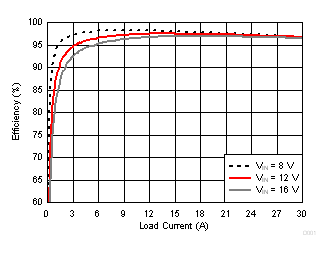
| VOUT = 5.5 V | FCCM | fSW = 425 kHz |
| VDD = 5 V |
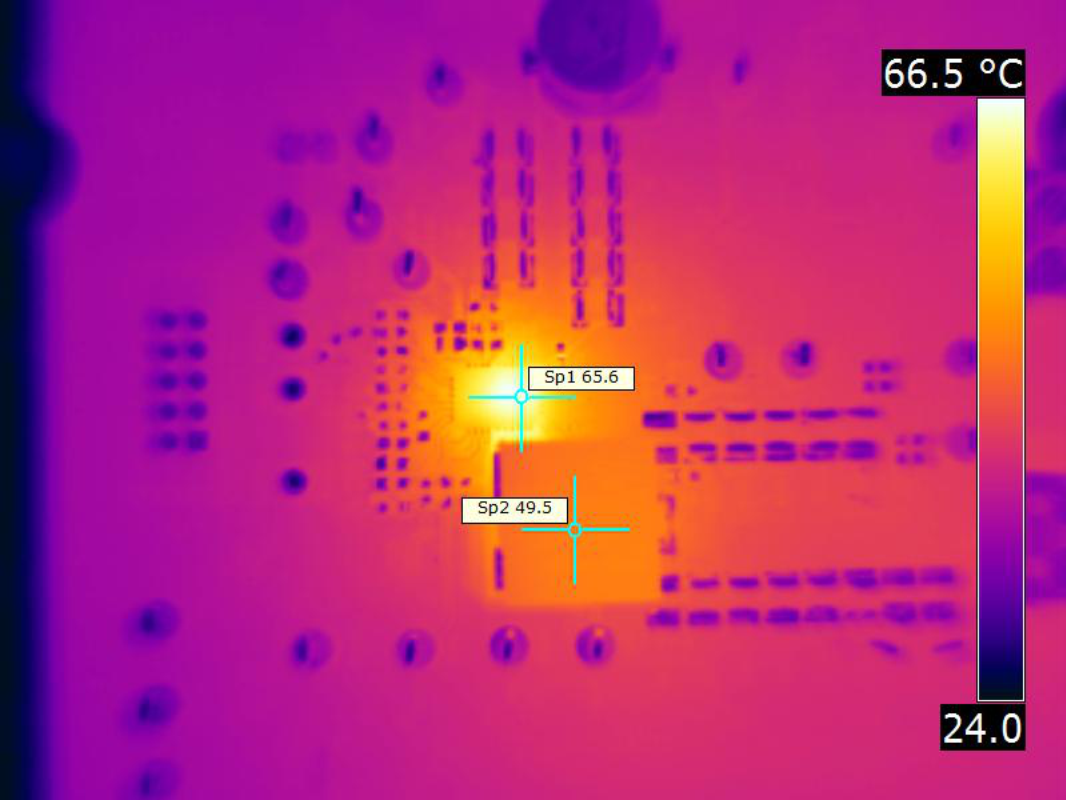
| VIN = 12 V | fSW = 650 kHz | IOUT = 40 A |
| VOUT = 1 V | Airflow = 200 LFM |
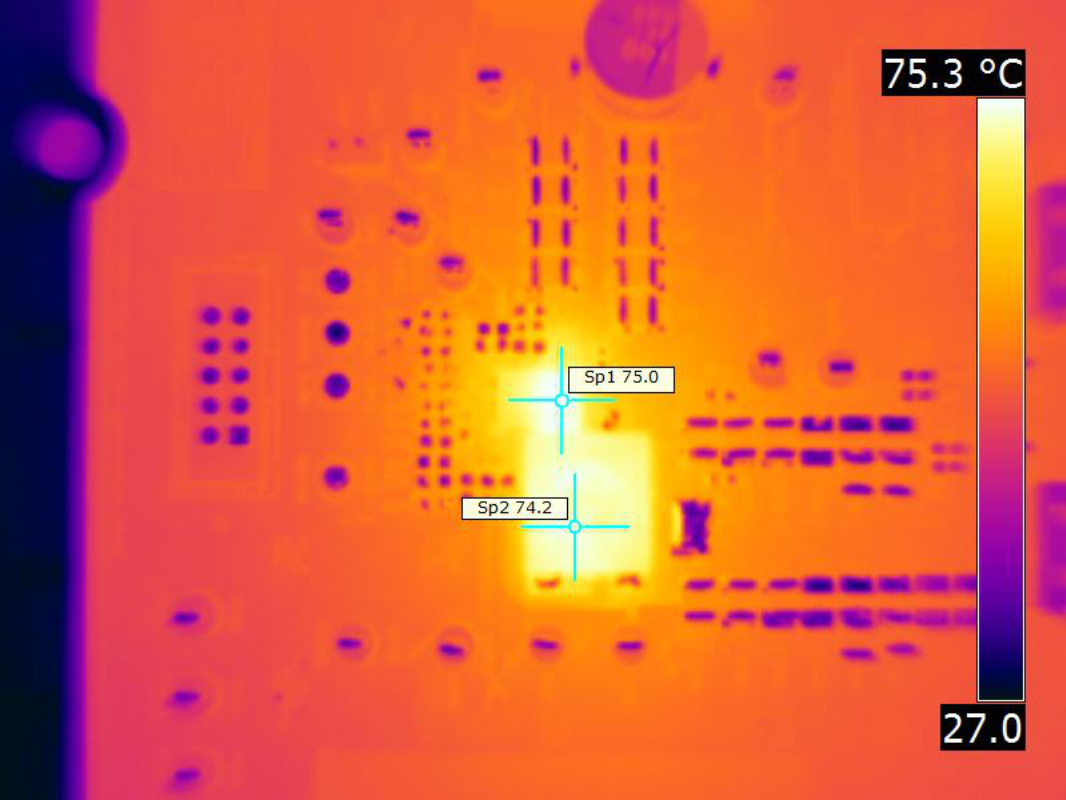
| VIN = 12 V | fSW = 425 kHz | IOUT = 30 A |
| VOUT = 5.5 V | Natural convection |
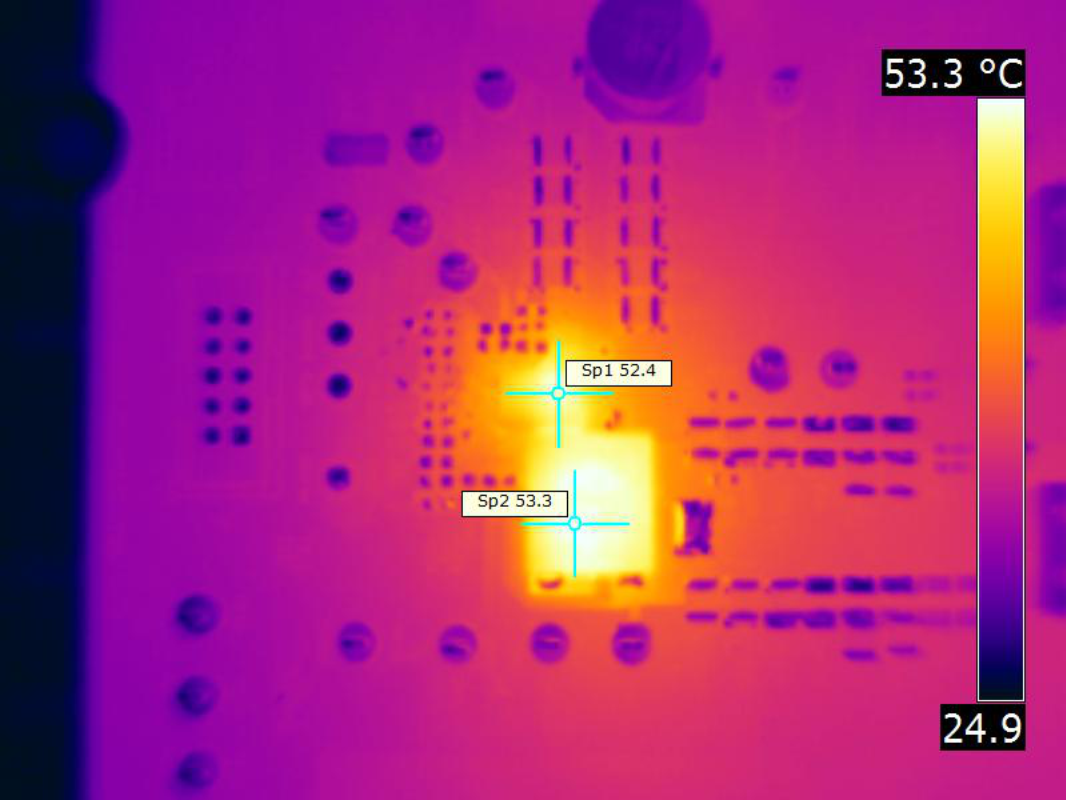
| VIN = 12 V | fSW = 425 kHz | IOUT = 30 A |
| VOUT = 5.5 V | Airflow = 400 LFM |